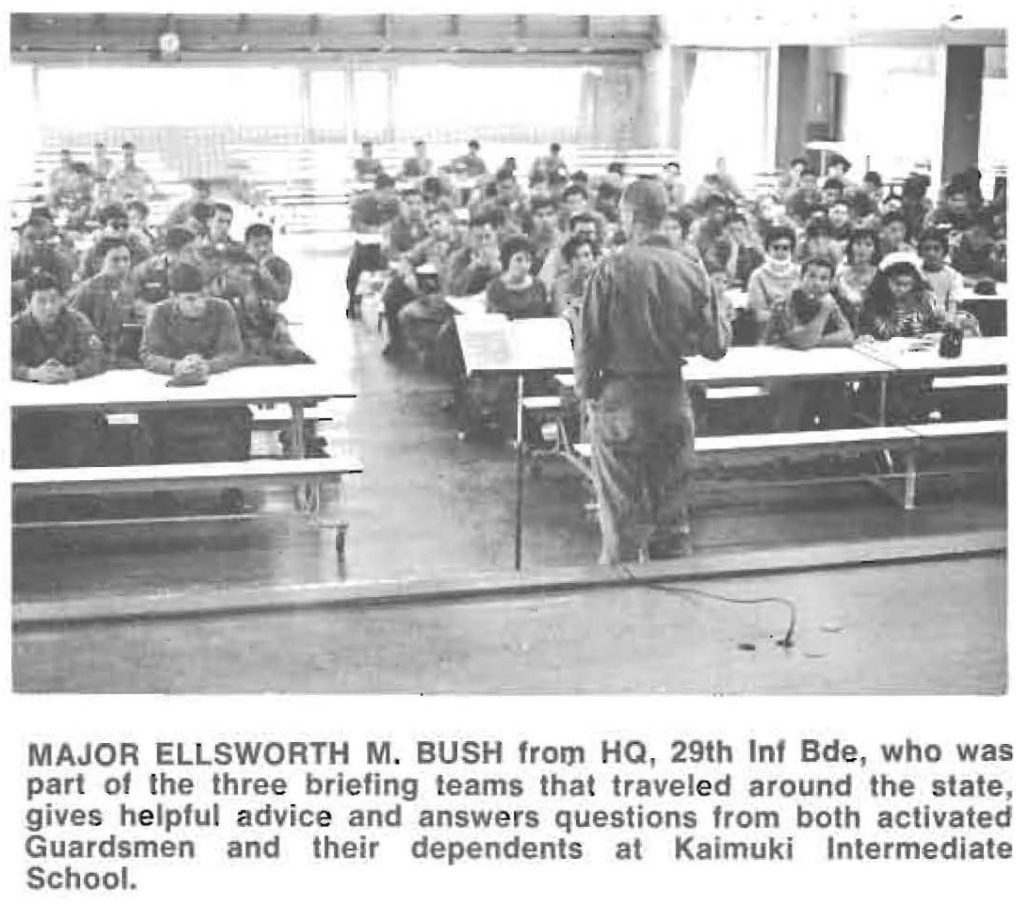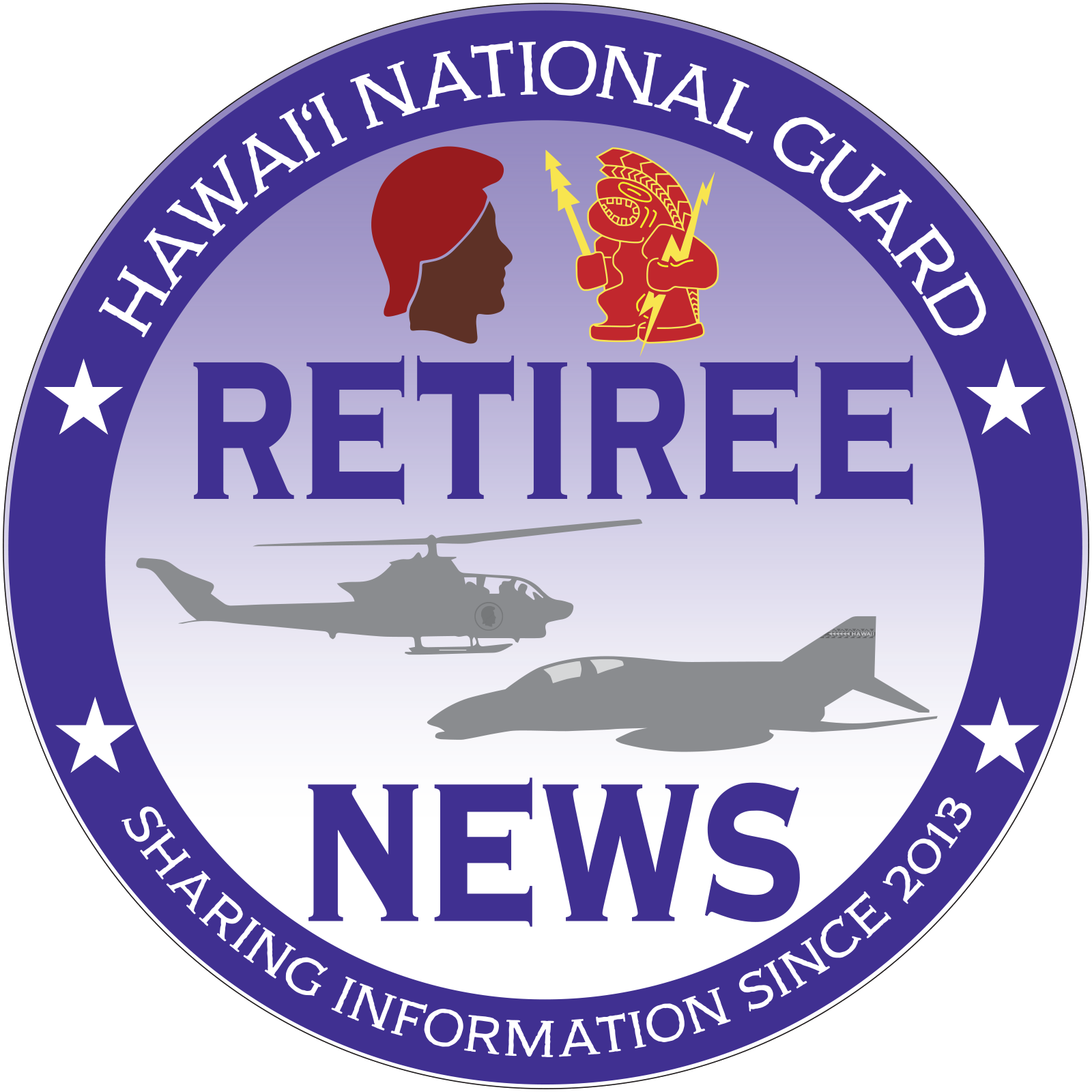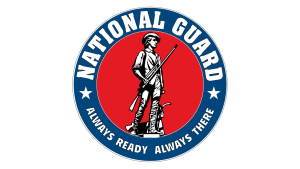A Call to Duty: The 1968 Activation of the 29th Infantry Brigade, Hawaii National Guard
Posted on Mar 28, 2025 in 1960's, Check SixA Tribute to Hawaii Army National Guard Vietnam Veterans

The morning of April 11, 1968, dawned like any other on the islands. Yet a headline in the Honolulu Star-Bulletin would change the future for many, it read: ISLE NATIONAL GUARD UNIT ACTIVATED.
The last time the Hawaii National Guard had been mobilized was during the days of World War II. But in the spring of 1968, amidst the swirling tensions of a nation torn by the conflict in Vietnam, the 29th Infantry Brigade known as “Hawaii’s Own,” was ordered to report for federal service.
The announcement sent ripples through the local community. For the soldiers of the Hawaii National Guard, it meant leaving behind their civilian lives as—doctors, teachers, lawyers, and postmen—to answer the call of duty.
The national call-up saw the activation of 24,500 National Guardsmen and Army Reservists across the United States, including soldiers from the 29th Infantry Brigade, who were “levied” to replace units already deployed to Vietnam
The 29th Infantry Brigade, under the command of Brigadier General Frederick A. Schaefer III, was made up of: 187 officers, 21 warrant officers, and 2,760 enlisted men.
The call to active duty on May 13, 1968, marked the beginning of an intense period of transformation. What began as an island-based militia became a full-fledged combat-ready force, training tirelessly to meet the demands of federal service.
The sheer scale of the mobilization led to criticism from some, with observers noting that Hawaii’s share of the call-up seemed disproportionate compared to the national average. But as the months wore on, these criticisms were quelled by the professionalism and dedication that the 29th Infantry Brigade displayed throughout their preparations.
Chief Warrant Officer Paul N. Kahunahana remembered the sense of unity and duty, “We were called to do our job and that’s what we did. It made us realize that we had to depend on each other to make it through.”
Training began in earnest at Schofield Barracks, where the soldiers faced the immediate task of adapting to new weapons and equipment. One of the grueling but essential aspects of their training came in late May when the 29th began its jungle training at the Pohakuloa Training Area. This was not just physical conditioning, it was a mental and emotional trial, testing the soldiers’ ability to endure in the harshest conditions.
A major milestone of their service came in late August when the Brigade sent its first group of men to Vietnam. While the sense of loss was palpable, these early departures only served to reinforce the seriousness of their mission.
By December 1968, after months of intense training and preparation, the 29th Infantry Brigade was ready for its ultimate test. The soldiers of the Brigade conducted a full-scale exercise, simulating an assault on a beachhead. The soldiers demonstrated their capabilities, executing the operation with precision and professionalism.
Brigadier General Frederick A. Schaefer received orders for deployment to Vietnam, a bittersweet moment for the 29th. On January 9, 1969, at the activation ceremony, “There was a whole lot of leis, loved ones… a lot of Aloha,” Schaefer said.
In total, 1,100 Hawaii Guardsmen served in Southeast Asia and Korea between 1968 and 1969. The 29th Infantry Brigade’s mobilization had far-reaching impacts, as the soldiers found themselves in unfamiliar and often dangerous environments. Twenty-nine members of the brigade lost their lives during their service, and one became a prisoner of war.
As 1969 drew to a close, and with the announcement of demobilization set for December, the 29th Infantry Brigade had undergone a transformation that few could have imagined when they first answered the call. They were no longer civilian soldiers; they were veterans, having faced the trials of war and the bonds of brotherhood.
On December 13, 1969, the Brigade officially reverted to its state status, marking the conclusion of its federal service and the end of a chapter that had forever changed the men of Hawaii’s National Guard.
Despite the hardships, the 29th Infantry Brigade excelled during its federal service. It was recognized for its professionalism and dedication, earning the Army National Guard Meritorious Service Award from the National Guard Bureau on March 5, 1970.
In total, the Brigade earned numerous medals and awards during its federal service, including 40 Purple Hearts, 187 Bronze Stars, and 87 Air Medals. The bravery and sacrifice of the men of the 29th was etched into history.
As the Brigade began rebuilding its units, recruiting new personnel, and receiving new equipment, the story of the 29th was far from over. The spirit of the unit, forged through sacrifice and camaraderie, would continue to guide them as they moved forward.
References: 1968 Annual Report, 1969 Annual Report, 1970 Annual Report, 1993 April – May Pūpūkahi, and 1998 April – August Pūpūkahi
The State of Hawaii, Department of Defense (HIDOD)’ Retiree News does not endorse any of the external hyperlinks listed or posted on this site. This includes linked websites, information, products, or services contained therein. We are a government run website for which transparency and accountability are paramount. HIDOD cannot have the appearance of endorsement and are bound by the HIDOD Social Media Policy concerning political posts being respectful, honest, and accurate. Operational Security will additionally be adhered to. Retiree News does not exercise any editorial control over the information you may find at linked sites. Some of the sites linked to may limit the number of stories you can access without a paid subscription. All links were provided with the intent of meeting the mission of the HIDOD’s version of Retiree News.


